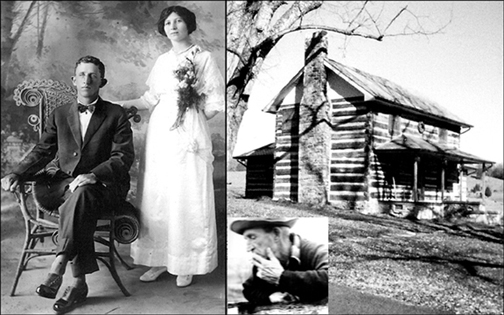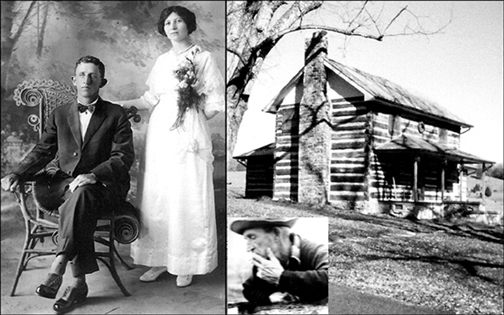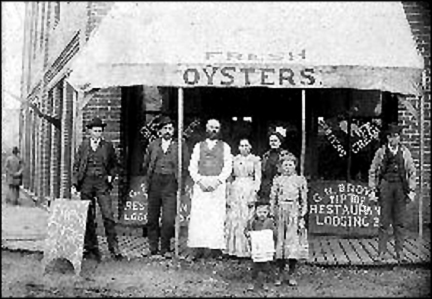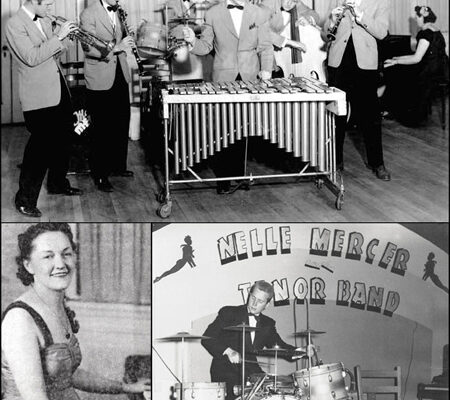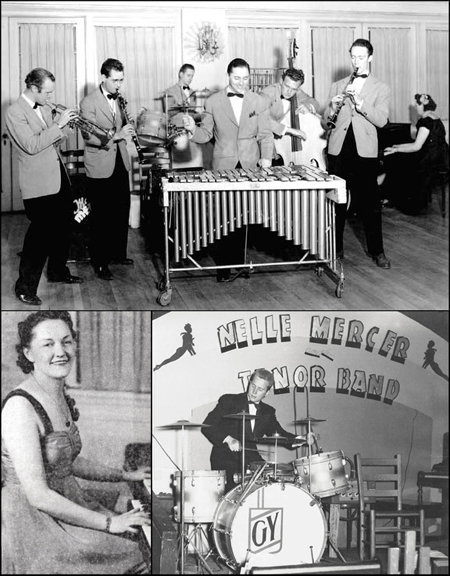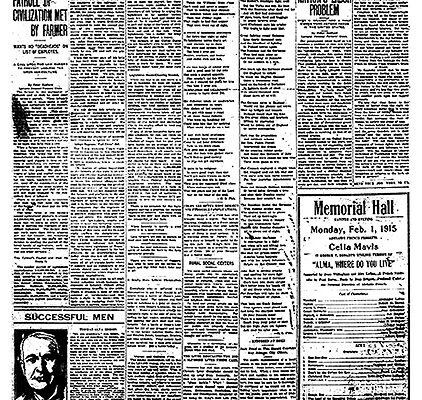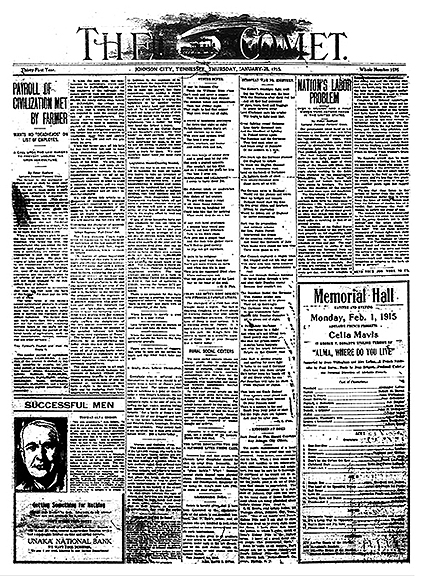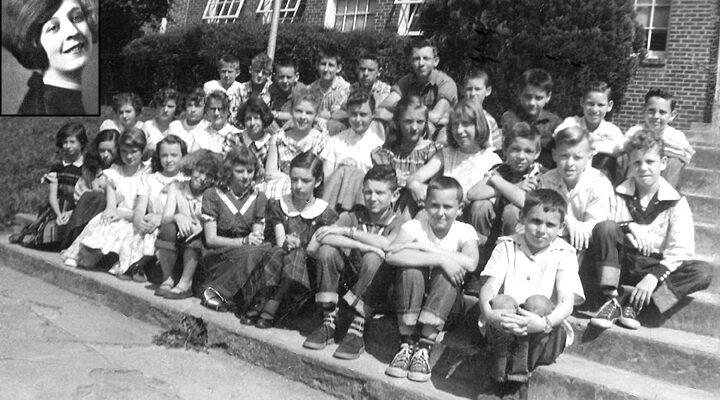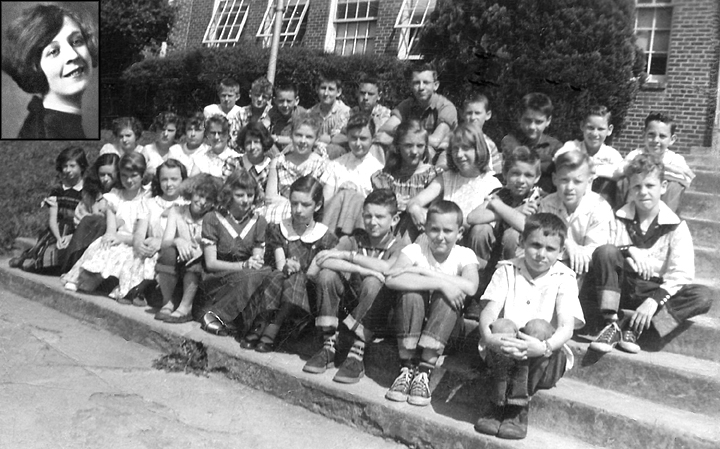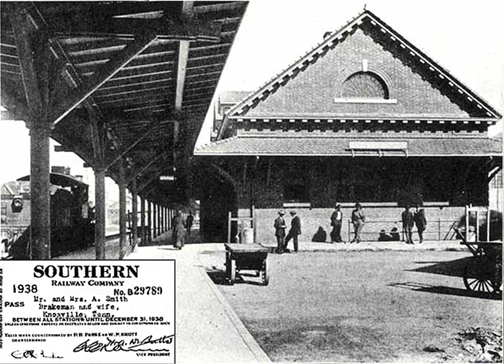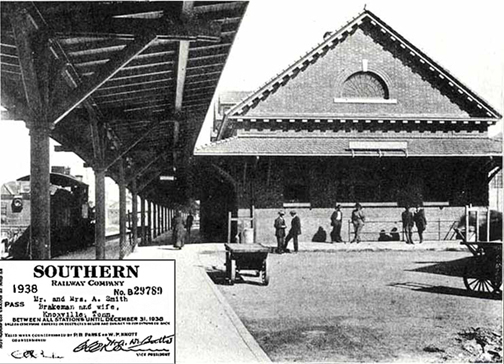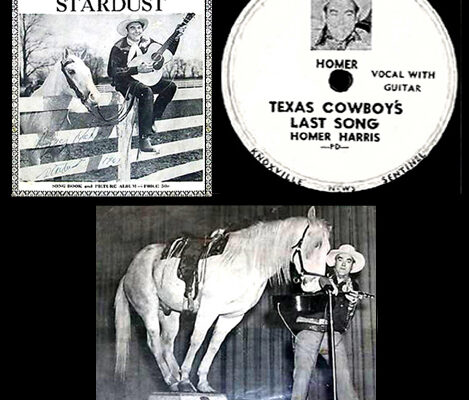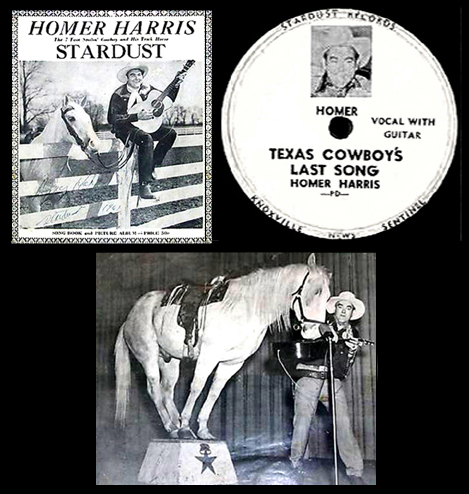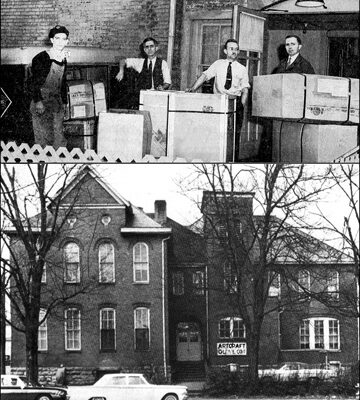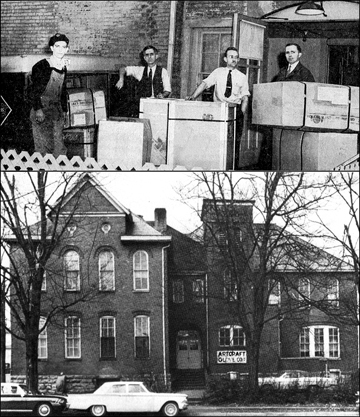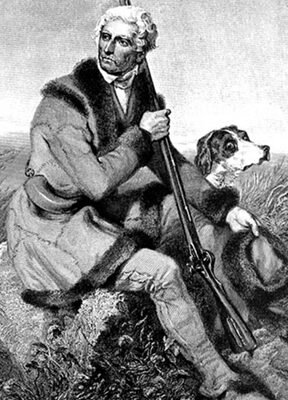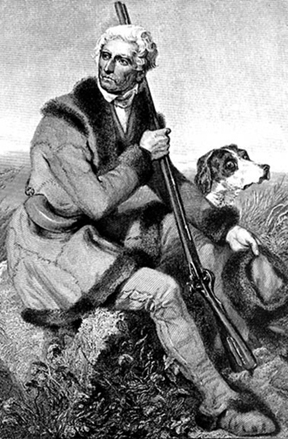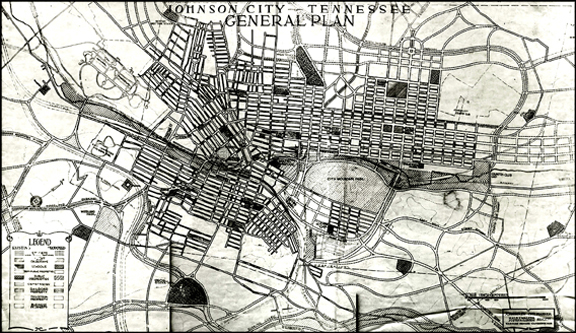March 15, 1934 marked a special event for the Kings Mountain Post of the American Legion; it celebrated 15 years of service. Congress chartered the association in 1919 as a patriotic, mutual-help, and wartime veterans’ organization. While my source did not reveal the location of the Legion in that year, it later resided at 503 E. Main Street adjacent to the Central Fire Station.

The first order of business at the anniversary commemoration was a review of its history by the membership. More than 200 members, visitors and honored guests were on hand for what was described as a “bean feed” coupled with an elaborate program, an initiation ceremony for six new members and a gala party.
Past commanders, who were introduced in the sequential order of their terms, spoke briefly concerning their experience as heads of the local Legion and further elaborated on progress made since its early beginning. Mrs. Cleve B. Coe presented the American Legion Auxiliary officials who reviewed the work of both the Legion and the Auxiliary.
A huge birthday cake, appropriately topped with 15 candles occupied the center of the stage. Each commander lighted a designated candle before addressing the large audience and introducing guests.
Dr. H.M. Cass, chapter member and leader during the first year of the organization, lighted the first candle. Other unit heads in order of their service were scheduled to speak, although not all were able to attend: Lee B. Harr, twice commander, (1920-1921), R.F. Farrell (1922, absent), Adam Bowman (1923), Belmont Collette (1924 and 1928), Sam H. Colie (1925, absent), Harry Smith, 1926), Joe Summers (1927), W. Lewis Smith (1929), W.T. Watkins (1930), C.B. Coe (1931, absent), C.C. Rice (1932, absent) and Fred M. Lewis (1933).
Members of the Auxiliary lighted candles for the absent former commanders and presented them to the audience. When Frank Gaut, the 1934 commander, was introduced, he lighted a “half candle” commenting that the present Legion year only deserved one that size.
The commanders said they were highly pleased with the Legion’s accomplishments. The subject of relief to families of needy ex-service men and the bonus became the principal topic for their brief discussion.
Mr. C.B. Coe introduced the past commanders of the Auxiliary as follows: Mrs. Mary Lyle, Miss Ethel Barton, Mrs. Louise St. John Taylor, Mrs. Ray Greenway; Mrs. George Hyder, Mrs. Hubert Johnson, Mrs. (?) Scott, Mrs. John Herrin. State officers – Mrs. H.L. Moore, Miss Belle Miller and Miss Louise Summers – were also introduced.
Following an appeal by Miss Edith Barton, it was unanimously decided by Legion and Auxillary members present to start operation of the Crippled Children’s Survey in Johnson City immediately.
Next came an impressive initiation ceremony for six new members. Following this was a program of addresses, both formal and impromptu. Commander Galt, who presided throughout the meeting, outlined a plan designed to increase club membership by reviewing the various impressive objectives of the organization.
Next on the agenda was the main event, a party that took weeks of planning and preparation. Many were present from out of town posts as well as the Lester Harris Post of Mountain Home. Several past commanders were unable to be present but sent their congratulations.
The cake “cutting” was a surprising finale to the gathering. A $15 prize was offered to the past commander who could cut a piece of the mammoth pastry. No one won the money because the cake was actually fabricated of tin boxes that were revealed when the icing was penetrated.

